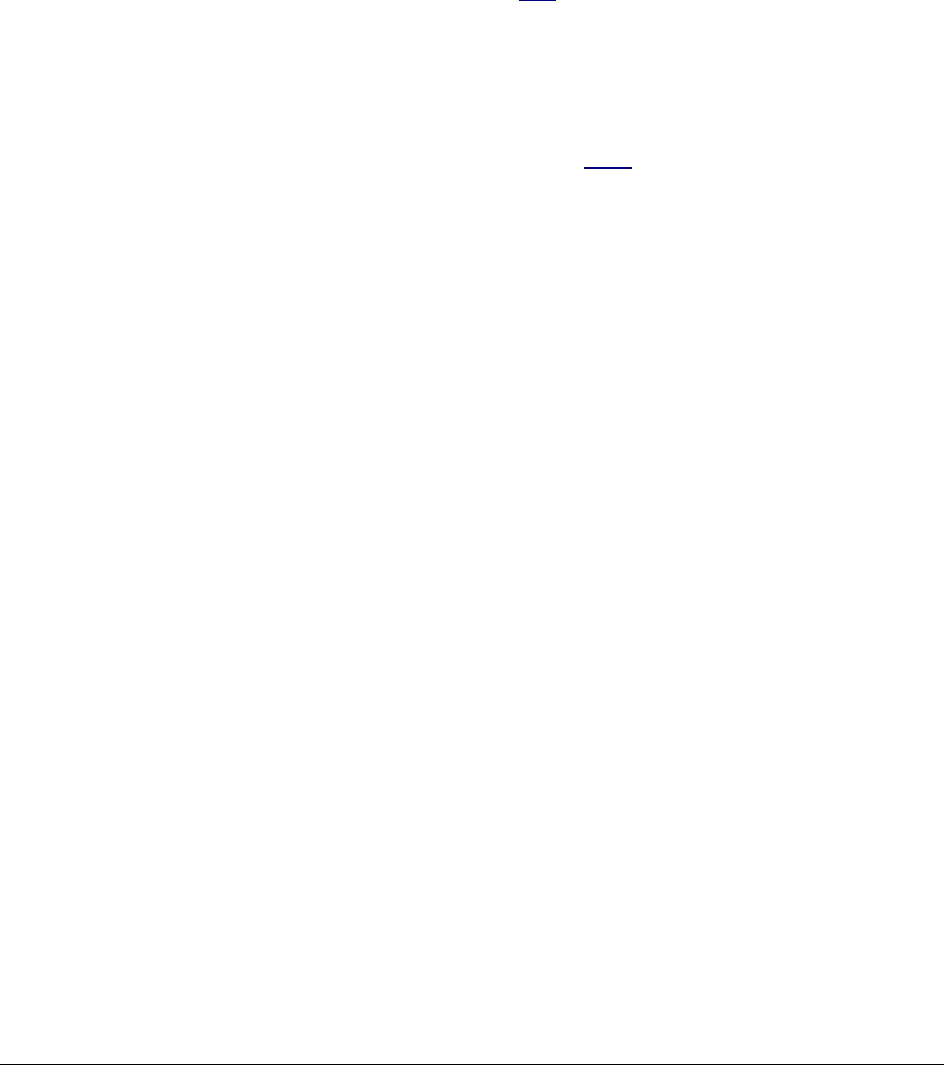
end. The analog model is more precise and easier to read and interpret, however it
is bigger and more delicate. The Pentax meters are superior to the complex,
confusing and more expensive Gossen and Sekonic models.
COLOR NEGATIVES
For the color negatives shot by most amateurs just set the camera on automatic and
GO! The films today have so much latitude that you just can forget it. Honest, I have
tried shooting the same scene at normal and FIVE STOPS overexposed on Fuji 800
and in my prints I can't tell which was which. Never underexpose, that will lead to
murky dull shadows. Overexposure by a couple of stops may increase contrast and
saturation a little. If color is as important to you as it is to me, unless you print your
own work, shoot slides and not prints. See the film page for that info.
B/W NEGATIVES
The same applies as it does for color! Amateurs worry far too much about this. I
suggest adding one more stop to your exposure and adding a yellow filter. Try this
and be amazed! Details are on my film page starting here.
If you want to get deeper into it, I suggest using your spot meter and setting the
darker part of the image to -1 or -2 stops exposure, which is the same as saying
Zone IV or Zone III. See more at the bottom of this page, too.
COLOR SLIDES
For now, what you need to know is that if you use anything other than a modern SLR
Matrix or evaluative meter, that you need to add or subtract exposure depending on
how bright or dark the subject is. Use the spot or center weighted meter and add
exposure for light subjects or areas, and subtract for dark ones. SIMPLE!
Here's how much to add or subtract with the center-weight or spot manual
meters:
-3 stops (Zone II): Your slide film goes pretty black here. Don't do this unless you
want something pretty much completely black. Yes, you can see some detail on
Velvia even at -4 stops (Zone I), but good luck trying to print it.
-2 Stops (Zone III): Normal shadows in landscapes are set here. You will use this a
lot. This is about as much underexposure you can use and still have detail. For
instance, make a spot reading of the shadow and set your camera to underexpose
that shadow spot by two stops. If you are lucky everything else will fall into the
proper exposure. You don't really need luck: use your spot meter to make sure that
at the exposure you set that everything else falls where it ought to per this chart.
-1 Stop (Zone IV): Very few things are set here. This is a dark middle tone, like a red
painted barn.
Normal exposure (Zone V): This is where you set middle tones or a gray card.
Sometimes the north sky is set to normal (+-0). Oddly, in many scenes there is no
© 2007 KenRockwell.com 72 converted by Sándor Nagy


















